May 21, 2025 | 10:02 GMT +7
May 21, 2025 | 10:02 GMT +7
Hotline: 0913.378.918
May 21, 2025 | 10:02 GMT +7
Hotline: 0913.378.918
Recently, the Delegation of the General Department of Crop Production worked with the Department of Agriculture and Rural Development of several Mekong Delta provinces including An Giang, Dong Thap and Tien Giang on the issue of fruit production and consumption.
Although the regional competent authorities grasped the figures on output, area of each kind of fruit, even estimated output in each month or each crop in a year, they admitted that data accuracy was not high because these figures were based on average area and yield.
In addition, the specificity of the data can’t meet the requirements of management agencies. A number of problems still exist such as lacking detailed information on location, consumption, prices and exploitation cycle of crops as well as the lack of analysis on profit of each group of crops. Therefore, the authorities are completely in passive position whenever they know the fluctuation of fruit prices
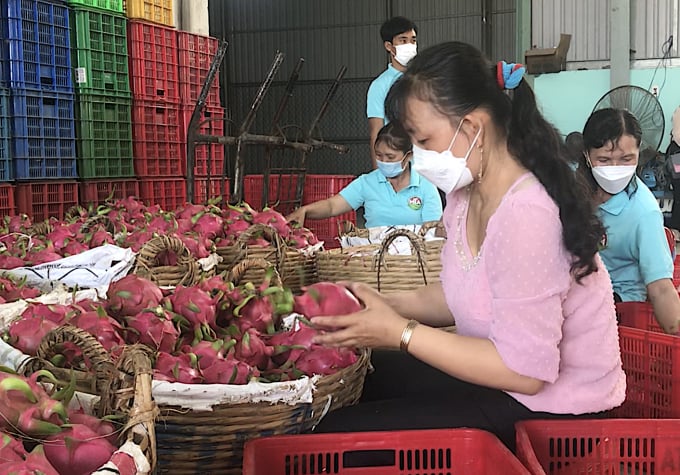
Tien Giang is digitalizing their key crops including dragon fruit. Photo: Minh Dam.
Le Thanh Tung - Deputy Director of the General Department of Crop Production said: "We have to take proactive in fruit production management. Most authorities in the Mekong Delta agreed that in the coming time, it's important to do in the spirit of respecting market rules."
Tien Giang is the largest fruit producer in the Mekong Delta with more than 85,000 hectares including above 9,800 ha dragon fruit, over 16,000 ha durian, up to 15,100 ha jack fruit, more than 14,200 ha pineapple, surpass 3,200 ha mango and approximately 5,300 ha pomelo. The total production of fruits in Tien Giang is more than 1.2 million tons. Many key fruits will be in peak harvest in May and June with estimated production of over 254,000 tons. In the last six months of 2022, the production is projected to surpass 546,000 tons.
Deputy Director of the Tien Giang Department of Agriculture and Rural Development Trinh Cong Minh said the province is will focus on improving the quality of major agricultural produce including key fruits. Tien Giang and other Mekong Delta provinces are now sharing the same problem that is small scale production and the dependence on the Chinese market. Besides, only a few cooperatives in the region have operated effectively and played a part in promoting consumption.
To make production management more effective, the Tien Giang Department of Agriculture and Rural Development is deploying digitalization in production management of the key crops and animals. According to Minh, the Tien Giang Agricultural Department has placed an order of management software to Vietnam Post and Telecommunications Group in a bid to implement digitalization in agriculture.
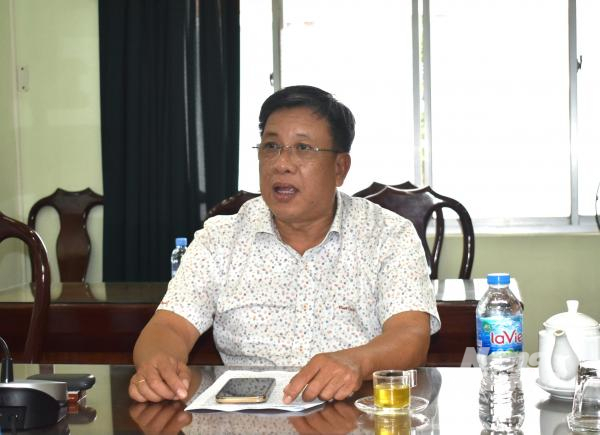
Le Thanh Tung - Deputy Director of the General Department of Crop Production. Photo: Minh Dam.
In 2021, the General Department of Crop Production developed an application tool named "Fruit Management in the Mekong Delta" to manage fruit-growing areas in the region. The application has been put into pilot use in many localities.
As for the application tool in fruit management in the Mekong Delta, Deputy Director of the Tien Giang Department of Agriculture and Rural Development Trinh Cong Minh said after consulting the department’s leader the tool will be experimented on the two key crops in the province including dragon fruit and jack fruit which are facing difficulties in consumption. Minh hoped that this tool will be helpful for localities as well as farmers to develop fruit production and sell their fruits more effectively.
This tool will help make statistics of the total production of all kind of fruits in a specific growing area with geographic limitation applying to commune level. From the commune level, it will expand to larger growing areas at district level then in provincial level and eventually the whole Mekong Delta. Additionally, it also helps calculate costs, prices and predict harvest time as well as tree age and profit
According to Le Thanh Tung, Deputy Director of the General Department of Crop Production the tool will provide the list of fruits with planting area codes, their markets and the number of operating cooperatives. On the contrary, for the planting areas without codes, the competent authorities will continue to monitor and encourage farmers to gain certifications.
“We need to know how much fruit we produce, what standards we achieve, how the linkages with businesses are, how much fruit we export and how much we sell in domestic market. All the information must be provided to all stakeholders in the fruit production and consumption chain in the region such as enterprises, farmers, traders and tourists. Most importantly, we need to estimate surplus production and give warnings. To make it successful we should focus on planting area management as the Mekong Delta reorganizes the region’s fruit production and consumption,” Le Thanh Tung said.
Translated by Mai Tham
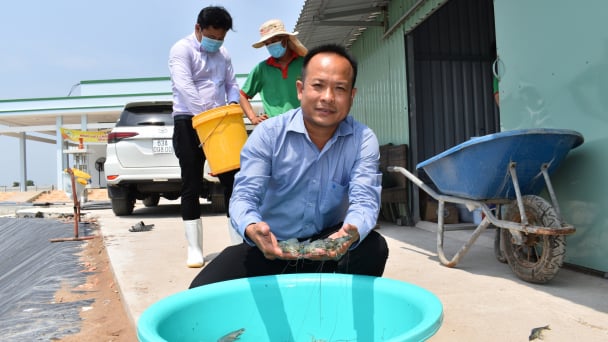
(VAN) One of the key factors for businesses to effectively take advantage of tariff preferences under these FTAs is the rules of origin.

(VAN) Oliyar, a prominent Ukrainian oil and fat manufacturer, has revealed plans to build a farm for 2.3 million laying hens in the Lviv region. The additional production quantities promise to change the competitive landscape of the egg market of the Eastern Europe region.
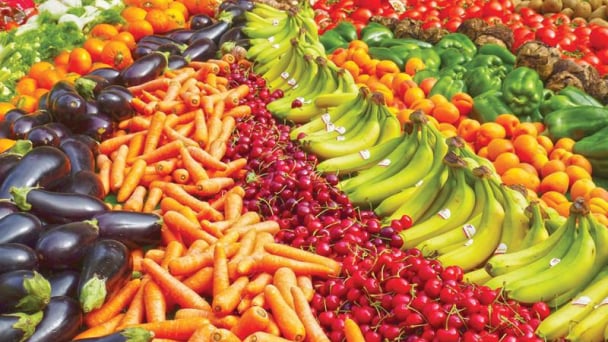
(VAN) On May 15, Ministry of Agriculture and Environment of Vietnam hosted the 'Connecting Vietnam - Germany agricultural, forestry and fishery trade' seminar in Berlin, Germany.
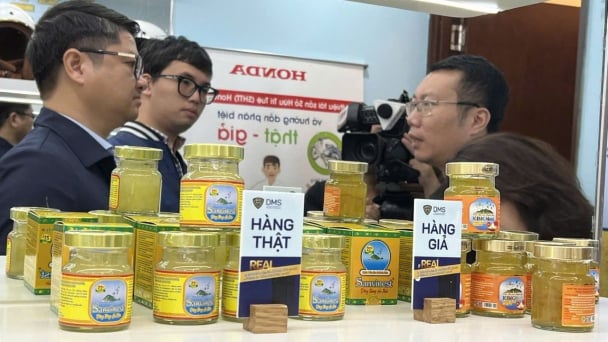
(VAN) In the face of counterfeit and imitation products, Khanh Hoa Salanganes Nest Company hopes for the prompt completion of the legal framework, strict enforcement against violations, and protection of the bird’s nest brand.
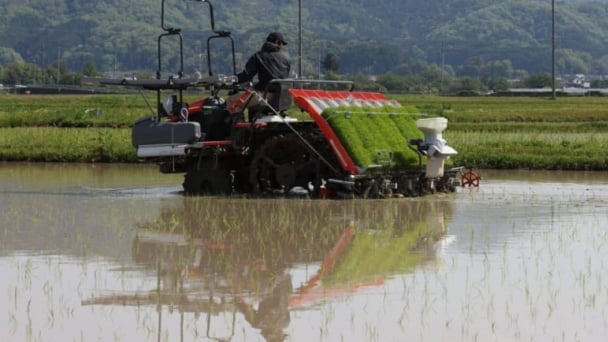
(VAN) Japan's efforts to lower the price of rice through the release of its stockpile may finally be making some progress, albeit at a snail's pace.
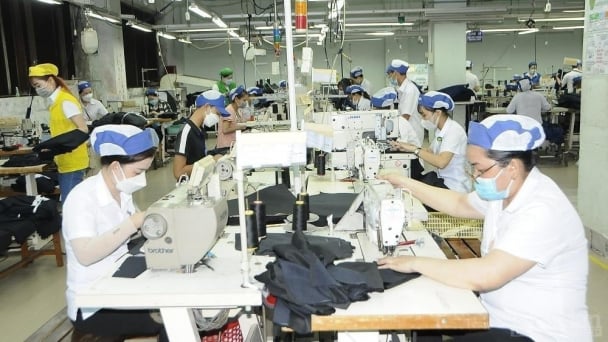
(VAN) U.S. tariffs are not only a 'shock', but also an opportunity for Vietnamese businesses to renew their mindset toward comprehensive development.
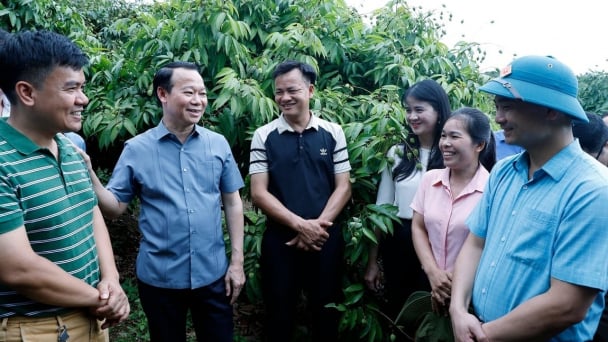
(VAN) As Bac Giang lychee enters the harvest season, Minister Do Duc Duy expects that the fruit will contribute greatly to agricultural exports due to standardized production and deep processing.